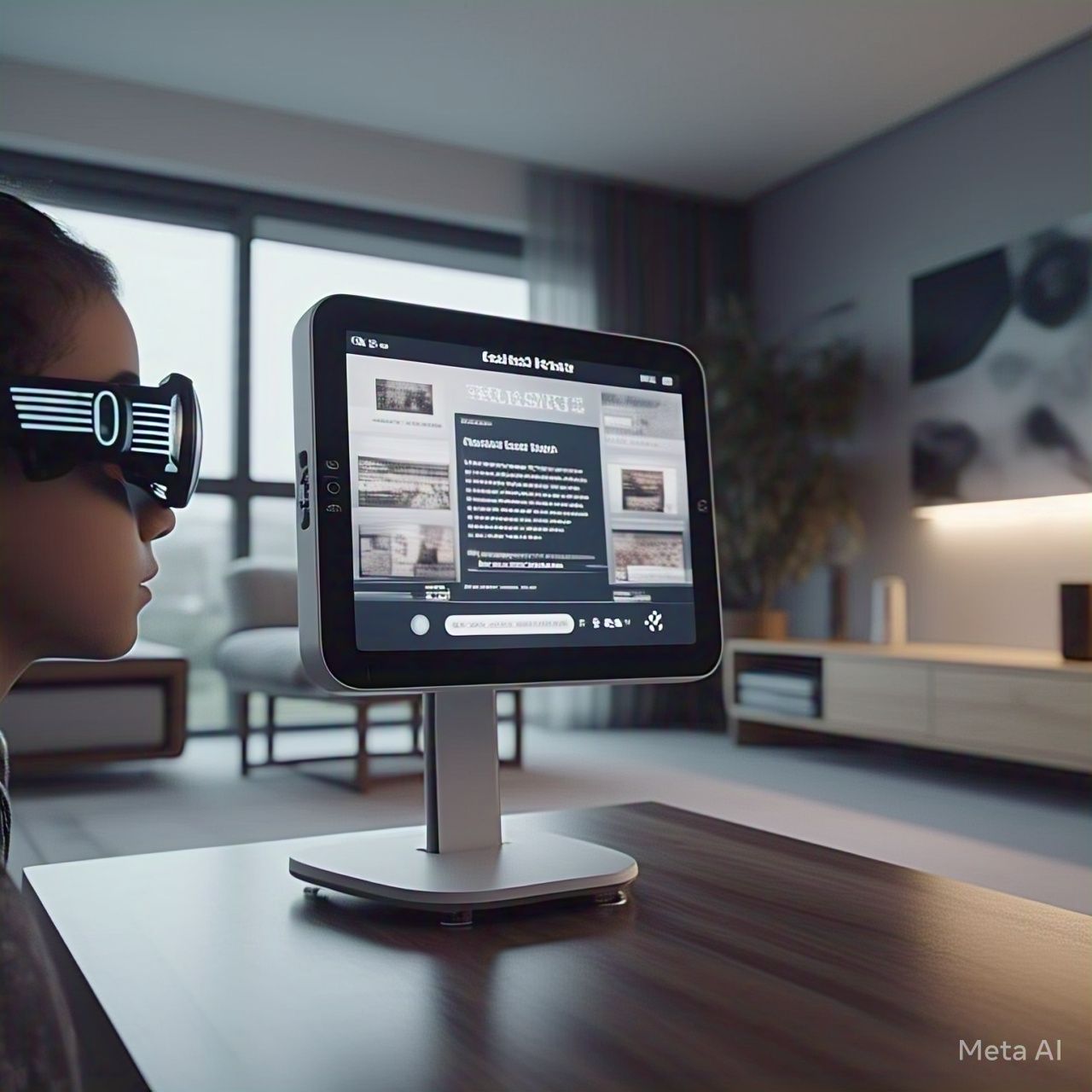Introduction
Smartphone displays have evolved far beyond simple touchscreens. With the integration of Artificial Intelligence (AI), mobile screens are becoming more intelligent, adaptive, and energy-efficient. AI-powered displays can automatically adjust brightness, optimize refresh rates, enhance image quality, and improve user interaction. These advancements not only enhance the user experience but also extend battery life and ensure superior visual performance.
In this article, we explore how AI is transforming mobile displays, making them smarter, more responsive, and energy-efficient.
How AI Enhances Mobile Displays
1. Adaptive Brightness and Color Adjustment
AI enables mobile displays to adapt to different lighting conditions by:
- Automatically adjusting brightness levels based on ambient light and user preferences.
- Optimizing color temperature for better readability in different environments.
- Reducing blue light exposure at night, helping users avoid eye strain and sleep disruption.
2. Intelligent Refresh Rate Optimization
Modern smartphones use AI to dynamically adjust screen refresh rates, providing:
- Higher refresh rates (90Hz, 120Hz, or 144Hz) for smooth scrolling and gaming.
- Lower refresh rates (10Hz, 30Hz, 60Hz) to save battery life when high refresh rates aren’t needed.
- Smart switching between refresh rates based on the app in use.
3. AI-Enhanced Image and Video Processing
AI-powered displays improve media experiences by:
- Upscaling lower-resolution content to high definition using AI algorithms.
- Enhancing video playback quality through real-time HDR optimization.
- Reducing noise and motion blur in fast-paced videos and gaming.
4. Power Efficiency and Battery Optimization
AI significantly improves battery life by:
- Reducing power consumption through smart display adjustments.
- Dynamically turning off unused pixels in OLED and AMOLED screens.
- Predicting user behavior to optimize screen-on time and display settings.
5. AI-Driven Touch and Gesture Recognition
Smart displays now support advanced interaction features, including:
- Improved touch accuracy by detecting accidental touches and optimizing response times.
- AI-based palm rejection to prevent unwanted input while holding the device.
- Gesture-based navigation, allowing users to control their phone without physical touch.
Real-World Applications of AI-Enabled Smart Displays
1. Smartphone AI Displays
- Samsung’s Dynamic AMOLED 2X uses AI to adjust brightness and color tone dynamically.
- Apple’s ProMotion technology leverages AI for adaptive refresh rates.
- Google Pixel’s AI-powered display tuning enhances color accuracy and night mode features.
2. AI in Gaming Displays
- AI-driven displays optimize refresh rates for smooth gameplay.
- AI-based touch responsiveness improves reaction time in mobile gaming.
3. AI in Foldable and Flexible Displays
- AI helps foldable screens adjust UI elements dynamically.
- Smart displays adapt their layout based on usage mode (folded or unfolded).
4. AI for Accessibility Enhancements
- AI-powered voice commands and screen readers improve usability for visually impaired users.
- Gesture-based controls enable touch-free interaction for accessibility needs.
The Future of AI-Enabled Smart Displays
1. AI-Powered Holographic and 3D Displays
- Future AI-driven screens may support glasses-free 3D visuals and holographic projections.
- AI will enhance depth perception and real-time 3D rendering.
2. Neural Processing for Smarter Interaction
- AI chips will further refine gesture recognition, eye-tracking, and facial detection.
- Displays will anticipate user needs and adjust UI elements in real time.
3. AI-Enhanced Augmented Reality (AR) Experiences
- AI will improve AR overlays, real-time object recognition, and interactive AI avatars.
- Smart displays will enhance AR gaming, shopping, and learning applications.
Conclusion
AI-enabled smart displays are revolutionizing how we interact with mobile screens. From adaptive brightness and AI-enhanced visuals to intelligent touch recognition and power optimization, AI is making smartphone displays more responsive, energy-efficient, and immersive. As AI technology advances, the future promises even smarter, more interactive, and intuitive displays, enhancing mobile experiences across all applications.




